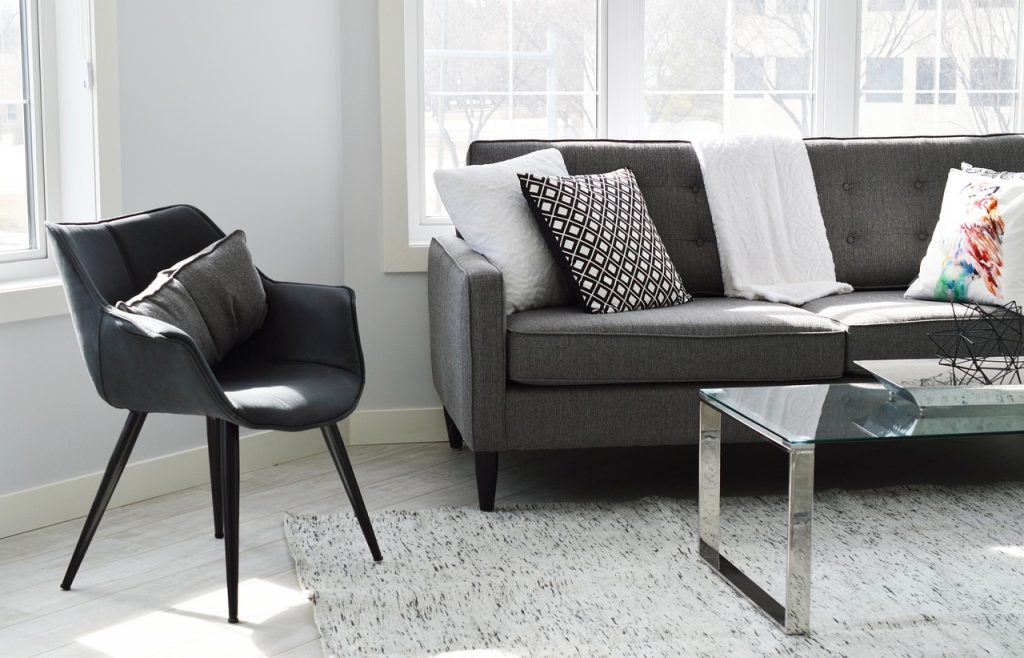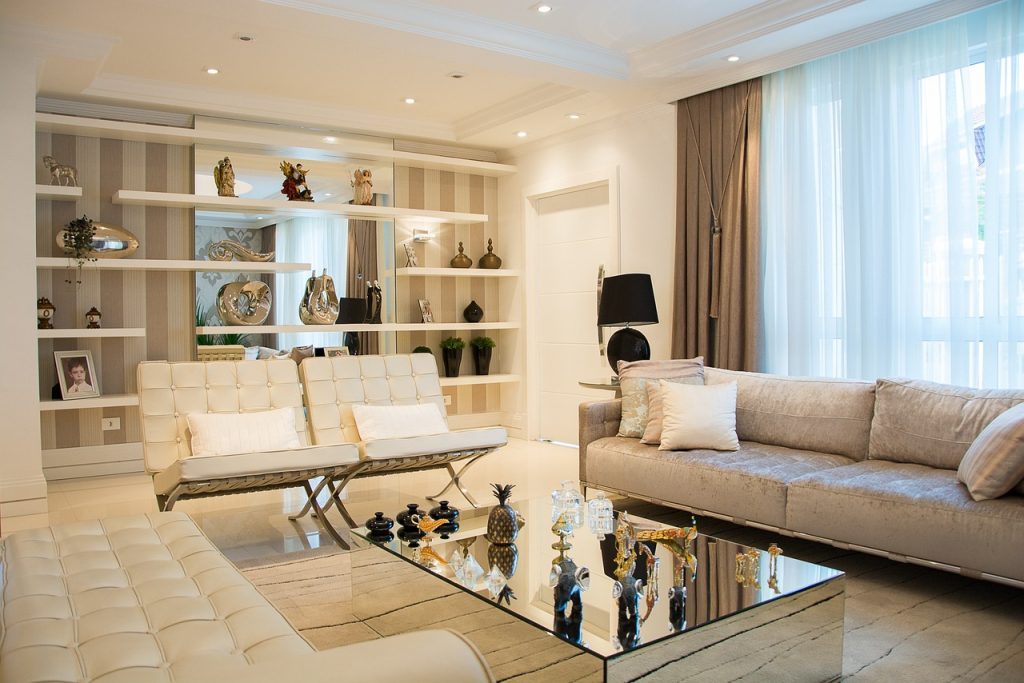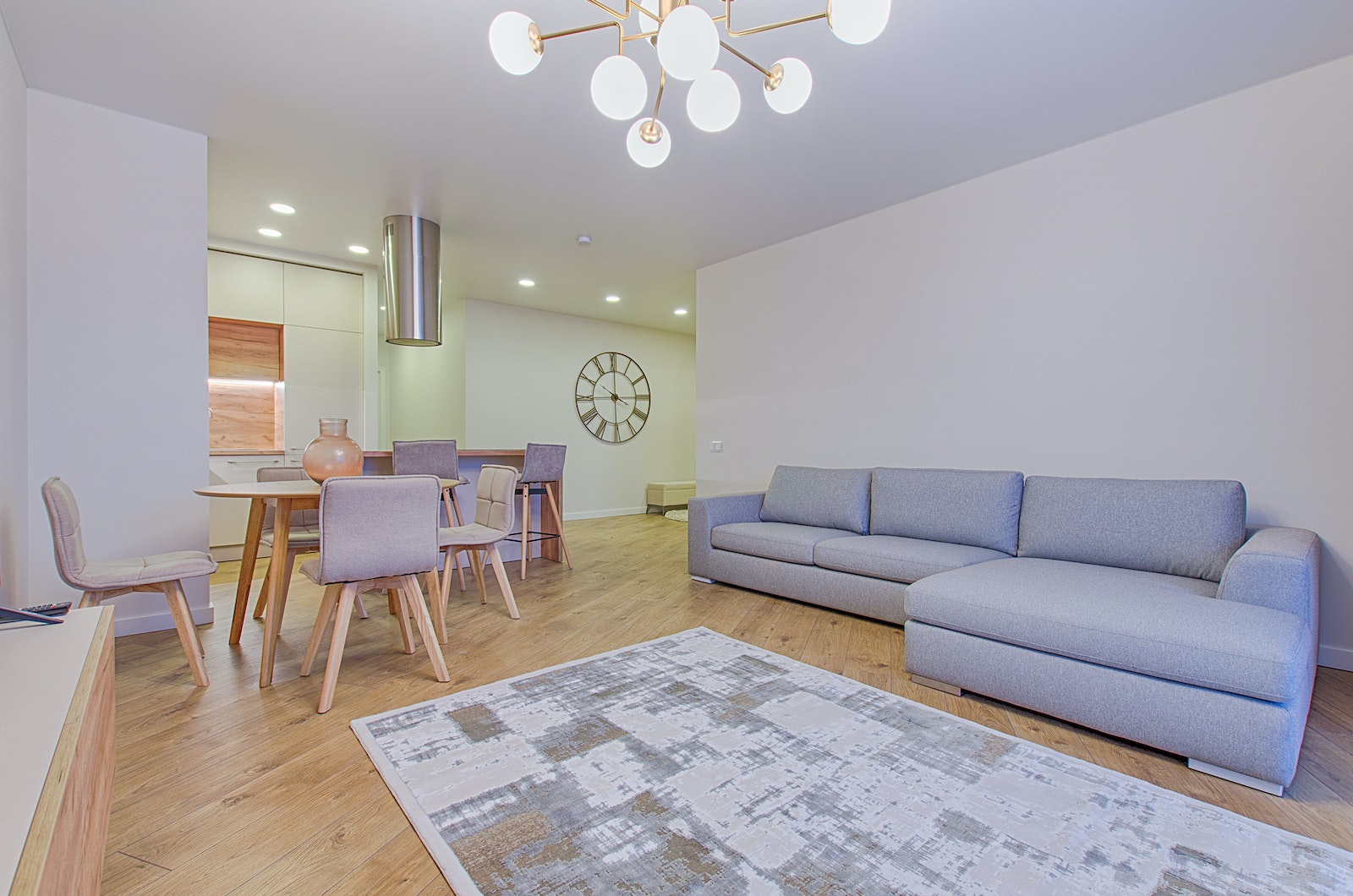The concept of home decor, at its core, encompasses more than just filling a room with furniture or hanging art on the walls. It is about creating a personal sanctuary that reflects your tastes and personality while also enhancing comfort and functionality. Home decor is an artful balance between aesthetics and practicality, transforming a house into a home.
Home decor is an essential part of our lives, albeit one we may take for granted. Through this blog post, we’ll dive deep into understanding what home decor means, its importance, elements, different styles, and how to choose the right decor for your space. We will also explore current and future trends in home decor and touch upon the world of DIY home decor projects.
Definition of Home Decor
Home decor is defined as the art and science of making a space aesthetically pleasing and functionally useful for its inhabitants. This involves choosing and arranging furniture, selecting color schemes, hanging artworks, placing lighting fixtures, adding textiles, and other elements to create an environment that’s comfortable and appealing.
Importance of Home Decor
Home decor plays a crucial role in expressing personal style and taste, creating an environment that’s both welcoming and reflective of the individual’s personality. An effectively decorated home can boost mood, enhance comfort, improve functionality, and make a lasting impression on guests.
Elements of Home Decor
There are several key elements to consider when decorating a home. These include furniture, wall art and decorations, lighting, textiles, and color schemes. Each element contributes uniquely to the overall aesthetic and functionality of the space.
Furniture
Furniture serves as both functional elements and decorative pieces within a home. They provide comfort, assist in organizing, and greatly contribute to the aesthetic value of a room. From sofas and chairs in the living room, beds in the bedroom, to dining tables and cabinets in the kitchen, furniture forms the backbone of home decor.
Wall Art and Decorations
Wall art and decorations add character and personality to a room. Whether it’s paintings, photographs, wall sculptures, or decorative mirrors, these elements can transform a bare wall into a conversation piece and reflect personal tastes and experiences.
Lighting
Lighting plays a pivotal role in home decor. It not only illuminates the space but also enhances the mood and ambiance. Strategic placement of lighting fixtures like lamps, chandeliers, or LED lights can highlight specific areas or pieces within a room, creating depth and interest.
Textiles
Textiles, including rugs, curtains, cushions, and throw blankets, add warmth and texture to a space. They also offer an easy way to introduce patterns, prints, and colors into a room, making it more inviting and comfortable.
Color Schemes
The color scheme is a critical aspect of home decor. It sets the tone for the entire space, influences mood, and ties together all other elements. Whether one opts for warm, cool, neutral, or bold colors, the chosen palette should create a harmonious flow from room to room.

Different Styles of Home Decor
Home decor styles are as diverse and unique as people themselves. From modern and traditional to rustic, minimalist, and industrial, each style has its characteristics and appeal.
Modern
Modern home decor focuses on simplicity, functionality, and clean lines. It often includes a neutral color palette, metal accents, minimal ornaments, and sleek furniture. This style emphasizes the principle of “less is more”.
Traditional
Traditional decor echoes classic European designs. It features rich color palettes, a variety of textures and patterns, ornate furnishings, and a wealth of accessories. The traditional style exudes comfort, warmth, and familiarity.
Rustic
Rustic decor takes inspiration from nature. It uses raw, often unfinished elements including wood and stone. Rustic homes might include features like exposed beams, simple yet sturdy furniture, and an earthy color palette that evokes the outdoors.
Minimalist
Minimalist decor, as the name suggests, is all about simplicity – from color to furniture and accessories. It follows the mantra of “less is more”, focusing on the essentials and keeping the space uncluttered. This results in a serene, peaceful environment where every item has a purpose.
Industrial
Industrial decor draws inspiration from warehouses and urban lofts. It showcases building materials that many try to conceal, such as ducts, pipes, and concrete walls. Industrial-style interiors feature stripped back architectural details and are complemented with modern furniture, open spaces, and neutral tones.
Room-by-Room Guide to Home Decor
Decorating a home isn’t just about selecting a single style or color scheme. Each room serves a different purpose, so it makes sense that their decor would differ too. Here’s a quick guide to decorating each room in your home.
Living Room Decor
The living room is often the first room guests see, making it crucial to create a welcoming and comfortable atmosphere. A blend of stylish furniture, cozy textiles, thoughtful lighting, and eye-catching art can make your living room an inviting space for relaxation and socializing.
Kitchen Decor
Kitchens are often referred to as the heart of the home. Beyond its primary function of food preparation, it’s a place where family and friends gather. Therefore, good kitchen decor balances functionality with personal style. Consider durable countertops, efficient storage solutions, proper lighting, and a color scheme that enhances the mood and compliments your home.
Bedroom Decor
The bedroom should be your personal sanctuary, a place for rest and relaxation. Soft lighting, comfortable bedding, calming color schemes, and personal touches like photos or artwork can make your bedroom a peaceful retreat from the bustle of everyday life.
Bathroom Decor
In bathroom decor, function comes first, but that doesn’t mean it can’t look great. Carefully chosen fixtures, thoughtful storage solutions, stylish accessories, and a refreshing color palette can transform a plain bathroom into a spa-like haven.
Trends in Home Decor
Like fashion, home decor trends evolve over time. Being aware of current trends can provide inspiration and fresh ideas for your own space. So let’s delve into the present trends and take a sneak peek into what the future might hold for home decor.
Current Trends
Currently, sustainable and eco-friendly designs are gaining popularity in home decor. This includes using renewable materials like bamboo and repurposed items. Additionally, there’s a growing preference for open spaces and natural light, with minimal and Scandinavian styles taking center stage. Also, people are increasingly incorporating indoor plants into their decor for a touch of nature and to improve air quality.
Predicted Future Trends
Looking ahead, it’s predicted that smart home technology will continue to influence decor choices. From automated lighting systems to intelligent kitchen appliances, technology is becoming a significant factor in home design. Also, as more people work from home, creating functional and well-designed home offices is expected to be a major trend.

How to Choose the Right Decor for Your Home
With so many styles, colors, and trends to choose from, decorating your home may feel overwhelming. But by assessing your space, understanding your personal style, and balancing your budget with aesthetic preferences, you can create a space that truly feels like home.
Assessing Your Space
Before diving into decor decisions, it’s crucial to assess your space. Consider its size, layout, natural light availability, and existing furniture or architectural elements. This will help you decide what kind of furniture will fit, the best color schemes, and where to place art and lighting fixtures.
Matching Decor to Your Personal Style
Your home should be a reflection of you. Identify your personal style by considering what colors, materials, and designs resonate with you. Whether you lean towards modern minimalism, rustic charm, or classic elegance, ensure your decor preferences align with your personal style.
Balancing Budget and Aesthetic
While it’s easy to dream big when it comes to home decor, it’s important to balance your aesthetic desires with your budget. Prioritize key pieces like furniture and invest in quality where it counts. Remember, less expensive elements like paint and accessories can be used to tie in your style without breaking the bank.
DIY Home Decor
For those who love a personal touch, DIY home decor projects can be a rewarding way to personalize your space. Not only can DIY projects save money, but they also allow for customization that’s not always possible with store-bought items.
Benefits of DIY Decor
DIY decor allows you to create unique pieces that truly reflect your style and personality. It also provides a sense of accomplishment and can even serve as a fun hobby or stress-relieving activity. Plus, it can be a more sustainable option, as many DIY projects involve upcycling or repurposing items that might otherwise be discarded.
Ideas for DIY Projects
There are countless DIY home decor projects to suit all skill levels. Some ideas include painting a mural on a wall, creating a photo gallery, building your own shelves, sewing your own curtains, or even crafting handmade candles or soap for your bathroom. The possibilities are endless, and the internet is full of tutorials and inspiration.
Home decor is more than just an aesthetic endeavor. It’s about creating a space where you feel comfortable, relaxed, and truly at home. Whether you prefer the sleek lines of modern design or the cozy warmth of a rustic aesthetic, your decor should reflect your personality and make your space feel uniquely yours.
Final Thoughts on Home Decor
Decorating a home is a personal journey. It’s about finding the right balance between style, comfort, functionality, and individuality. While trends can be a source of inspiration, the best decorated homes are those that reflect the people who live in them. So embrace your style, have fun with your decor, and create a space that feels like home to you.
